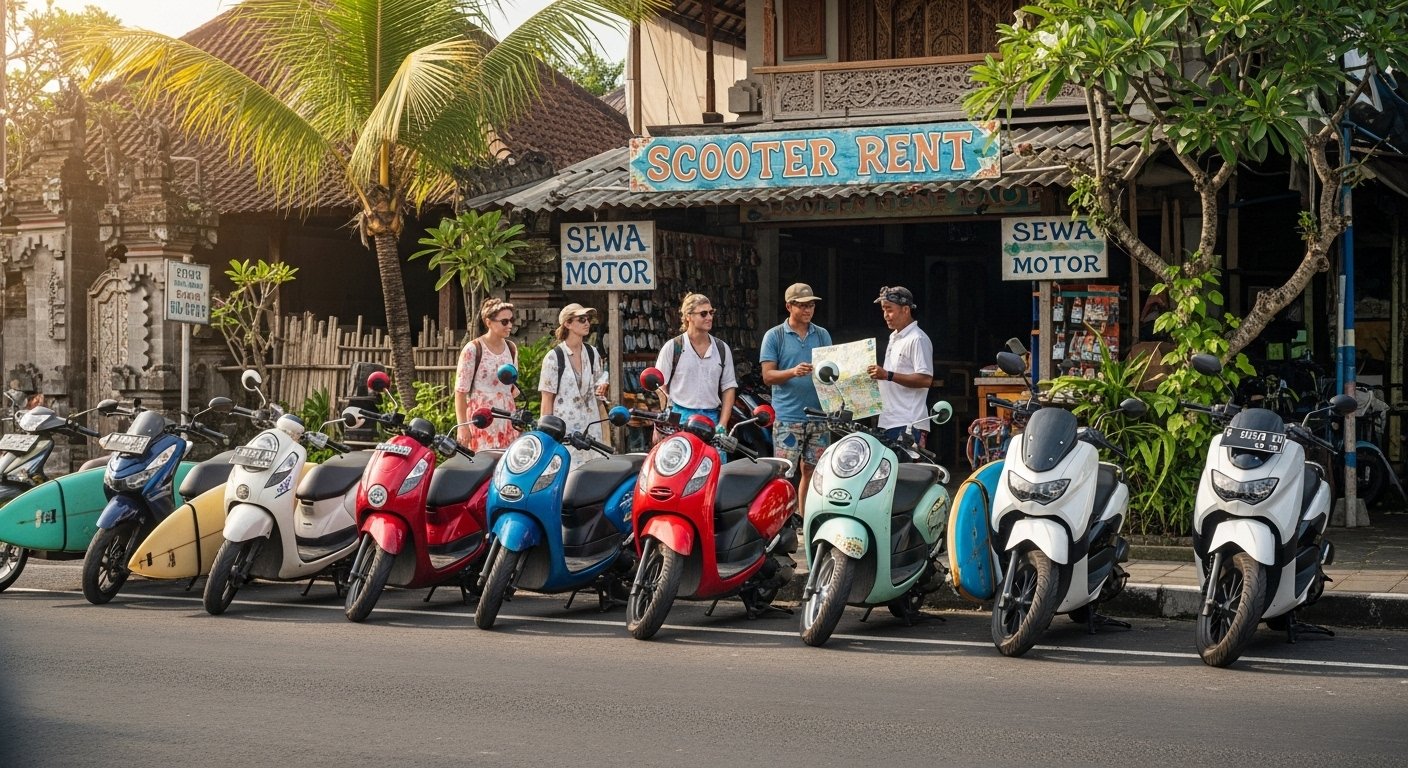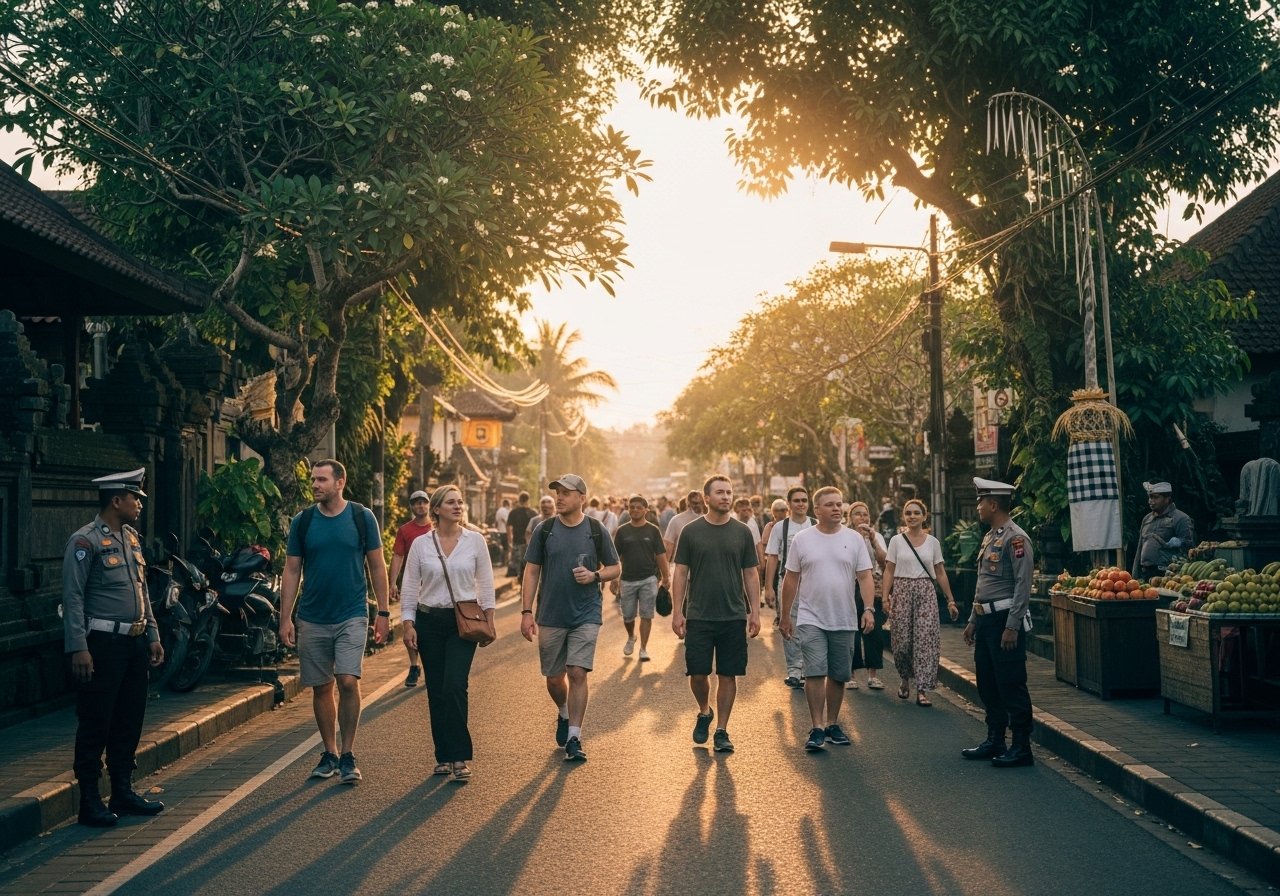Scooter Rental Prices in Bali 2025: Your Comprehensive Guide
Renting a scooter in Bali will cost you between $5-7 USD per day in 2025, making it one of the most affordable and popular transportation options for travelers exploring the island. Understanding the nuanced pricing structure and additional costs is crucial for budget-conscious adventurers looking to navigate Bali’s vibrant landscapes.
Daily and Weekly Rental Rates
Scooter rental prices in Bali have remained remarkably consistent, with 2025 rates offering travelers flexible and budget-friendly options. The standard daily rate ranges from $5 to $7 USD, depending on the scooter’s condition, brand, and rental location. Popular tourist areas like Seminyak, Canggu, and Ubud tend to have slightly higher prices compared to more remote regions.
💡 Pro Tip: Always negotiate rates for longer rental periods. Weekly rentals typically come with a 10-15% discount, making them an attractive option for travelers staying more than a few days.
For longer-term travelers, monthly rental options provide significant savings. These extended rentals can reduce your daily rate to as low as $4-5 USD, making it an excellent choice for digital nomads or extended stay visitors. Here’s a quick breakdown of typical rental rates:
| Rental Period | Estimated Price (USD) |
|---|---|
| Daily Rental | $5 – $7 |
| Weekly Rental | $30 – $40 |
| Monthly Rental | $120 – $150 |
Seasonal variations significantly impact pricing. During the peak dry season (April to October), expect prices to surge by approximately 20%. This means daily rates could climb to $6-8 USD, reflecting increased tourist demand and limited availability.
Additional Costs to Budget
Beyond the base rental price, several additional expenses are essential to factor into your scooter rental budget. Petrol costs are relatively minimal, with current rates around IDR 10,000-12,000 per liter (approximately $0.70-0.80 USD). A full tank typically costs less than $3 and can last several days of casual exploring.
Most rental shops require a security deposit, which ranges from $50-100 USD. This is usually refundable upon returning the scooter in its original condition. Pro tip: Take detailed photos of the scooter before renting to document any pre-existing damage.
Helmet rental is sometimes included, but many shops charge an additional $1-2 USD per day. While this might seem trivial, it adds up over longer rental periods. Some travelers prefer bringing their own helmet for hygiene and safety reasons.
Insurance options vary widely. Basic coverage is often included in the rental price, but comprehensive insurance that covers potential accidents might cost an additional $3-5 USD per day. Given Bali’s challenging road conditions, this extra expense could save you significant money in case of mishaps.
💡 Pro Tip: Always read the rental agreement carefully and understand the insurance terms before signing. Some shops have strict policies about damage and repairs.
Final Recommendation: Budget approximately $7-10 USD per day for a scooter rental when visiting Bali in 2025, accounting for the base rental, potential insurance, and additional small fees. This approach ensures you’re prepared for all potential costs while enjoying the ultimate freedom of exploring Bali on two wheels.
Frequently Asked Questions About Scooter and Vehicle Rental in Bali
Q: Do You Need a License to Rent a Scooter in Bali?
A: While technically you should have an International Driving Permit (IDP) with a motorcycle endorsement to legally rent and ride a scooter in Bali, enforcement is often relaxed. Many rental shops will rent scooters to tourists without strictly checking licenses. However, riding without a proper license can invalidate your travel insurance and potentially lead to legal complications if an accident occurs.
Q: How Much is a Scooter Rental in Bali?
A: Scooter rental prices in Bali typically range from 50,000 to 100,000 Indonesian Rupiah per day (approximately $3-$7 USD), depending on the scooter’s type, condition, and rental duration. Weekly and monthly rentals often come with discounted rates. Prices can be lower in less touristy areas and higher in popular destinations like Seminyak or Canggu.
Q: Is it Better to Rent a Car or Scooter in Bali?
A: The choice between a car and scooter depends on your comfort level, travel style, and planned activities. Scooters offer more flexibility, easier parking, and are cheaper, making them ideal for navigating Bali’s narrow streets and exploring rural areas. Cars provide more comfort, safety, and are better for groups or longer trips, especially during rain. Consider your driving experience, local traffic conditions, and personal preferences when deciding.
Q: What is Required to Rent a Scooter in Bali?
A: To rent a scooter in Bali, you’ll typically need a valid passport, an International Driving Permit (IDP) with a motorcycle endorsement, and a credit card or cash deposit. Some rental shops might also require a brief demonstration of your riding skills. While enforcement varies, having proper documentation is recommended to avoid potential legal issues and ensure you’re covered by insurance.
Q: Can Tourists Ride Motorbikes in Bali?
A: Yes, tourists can ride motorbikes in Bali, but it’s crucial to be aware of local traffic conditions and safety requirements. You should have an International Driving Permit, wear a helmet, and be confident in your riding abilities. Be prepared for chaotic traffic, understand local driving customs, and always prioritize safety. Consider taking a brief riding course or practicing in less crowded areas if you’re inexperienced.
Q: How Much Does it Cost to Rent a Motorbike in Bali?
A: Motorbike rental prices in Bali range from 50,000 to 100,000 Indonesian Rupiah daily (around $3-$7 USD). Prices vary based on the scooter’s model, rental duration, and location. Popular tourist areas might charge slightly higher rates. Long-term rentals often come with discounted rates, and negotiating prices is common, especially for extended rental periods.
Q: Is it Worth Renting a Bike in Bali?
A: Renting a bike in Bali can be an excellent way to explore the island’s diverse landscapes, offering freedom, affordability, and an immersive travel experience. It allows you to discover hidden gems, navigate through traffic more easily, and enjoy the scenic routes. However, it requires confident riding skills, awareness of local traffic conditions, and a commitment to wearing proper safety gear.



